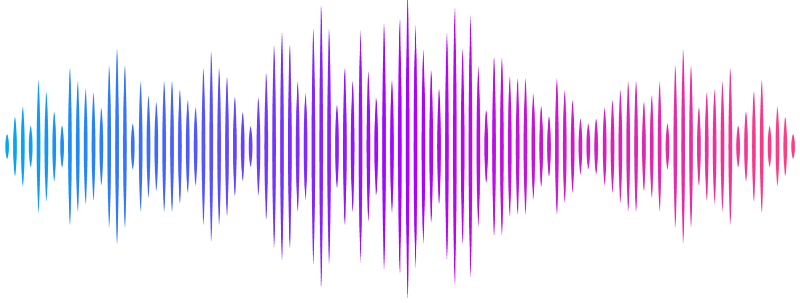Insights into the metabolic consequences of type 2 diabetes

Insights into the metabolic consequences of type 2 diabetes
Bocher, O.; Singh, A.; Huang, Y.; Vosa, U.; Reimann, E.; Arruda, A.; Barysenska, A.; Kolde, A.; Rayner, N. W.; Esko, T.; Mägi, R.; Zeggini, E.
AbstractCirculating metabolite levels have been associated with type 2 diabetes (T2D), but the extent to which these are affected by T2D and the involvement of genetics in mediating these relationships remain to be elucidated. In this study, we investigate the interplay between genetics, metabolomics and T2D risk in the UK Biobank dataset. We find 79 metabolites with a causal association to T2D, mostly spanning lipid-related classes, while twice as many metabolites are causally affected by T2D liability, including branched-chain amino acids. Secondly, using an interaction quantitative trait locus (QTL) analysis, we describe four metabolites, consistently replicated in an independent dataset from the Estonian Biobank, for which genetic loci in two different genomic regions show attenuated regulation in T2D cases compared to controls. The significant variants from the interaction QTL analysis are significant QTLs for the corresponding metabolites in the general population, but are not associated with T2D risk, pointing towards consequences of T2D on the genetic regulation of metabolite levels. Finally, we find 165 metabolites associated with microvascular, macrovascular, or both types of T2D complications, with only a few discriminating between complication classes. Of the 165 metabolites, 40 are not causally linked to T2D in either direction, suggesting biological mechanisms specific to the occurrence of complications. Overall, this work provides a map of the metabolic consequences of T2D and of the genetic regulation of metabolite levels and enable to better understand the trajectory of T2D leading to complications.


